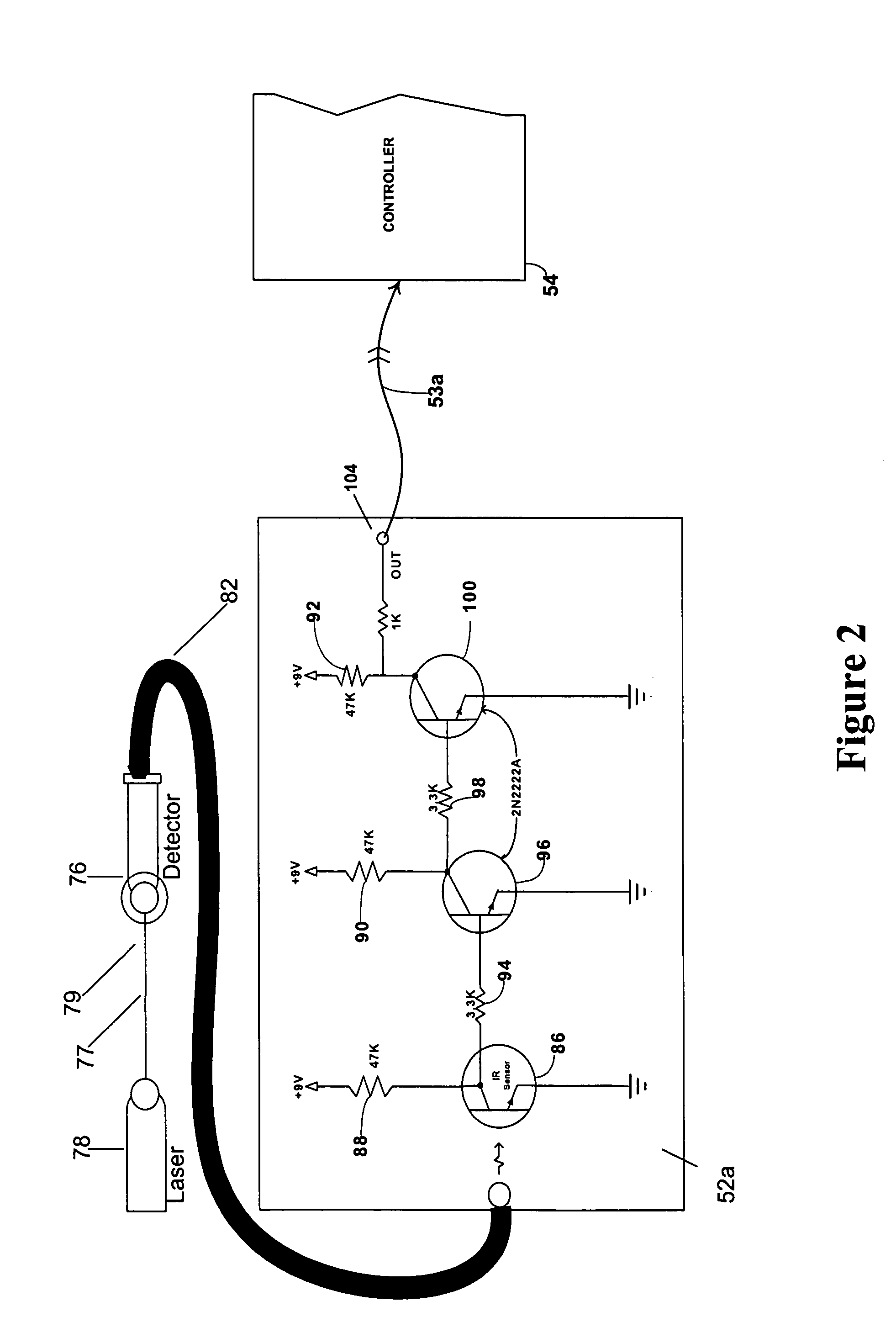Music instrument system and methods
a technology of instruments and instruments, applied in the field of instruments, can solve the problems of system system changes that are not likely to produce pleasing or entertaining sounds, etc., and achieve the effect of easy production of pleasing musi
- Summary
- Abstract
- Description
- Claims
- Application Information
AI Technical Summary
Benefits of technology
Problems solved by technology
Method used
Image
Examples
Embodiment Construction
[0040] General MIDI Description
[0041] MIDI is an acronym for Musical Instrument Digital Interface. Additional information about MIDI, including technical specifications related thereto, can be obtained on the World Wide Web from the MIDI Manufacturer's Association. It is noted that the difference between MIDI and digital audio is that MIDI is merely performance data which by itself does not produce an audible output of sound. Instead, production of audible sound from MIDI data requires a MIDI instrument. Generally MIDI instruments tend to be of the MIDI synthesizer keyboard or module type, and are considered to be hardware-based synthesizers. However, in addition to the hardware synthesizers, software synthesizers are also available. Such software synthesizers are possible due to the computational power available to modern personal computers. The combination of a personal computer and appropriate synthesizer software can result in a fully capable and fully functional MIDI synthesiz...
PUM
 Login to View More
Login to View More Abstract
Description
Claims
Application Information
 Login to View More
Login to View More - R&D
- Intellectual Property
- Life Sciences
- Materials
- Tech Scout
- Unparalleled Data Quality
- Higher Quality Content
- 60% Fewer Hallucinations
Browse by: Latest US Patents, China's latest patents, Technical Efficacy Thesaurus, Application Domain, Technology Topic, Popular Technical Reports.
© 2025 PatSnap. All rights reserved.Legal|Privacy policy|Modern Slavery Act Transparency Statement|Sitemap|About US| Contact US: help@patsnap.com



